On the evening of May 5, I took my seat in London’s Barbican Centre to experience a programme of interplanetary music. The concert began with the world premiere of Lim Cosmic Rhapsody, a piece by composer Manu Martin, and ended with Gustav Holst’s The Planets (completed in 1916 and first performed in 1920). Athwart these large orchestral works, lasting about 50 minutes each, lay a century’s worth of knowledge about space and music.
Lim Cosmic Rhapsody is a piano concerto, which aspires to tell, according to the work’s creative director Susan Lim, a “compelling story of climate change and humanity’s search for solutions beyond Earth”. Following the premiere, the piece has been released as an album.
Its first performance saw celebrated pianist Jean-Yves Thibaudet command the stage in an iridescent dark-blue jacket and crystal-encrusted black slippers. The Royal Philharmonic Orchestra, led by conductor Robert Ziegler, was excellent and extended for the occasion by a huge choir drawn from the City of London Choir and London Voices, together with duduk (a type of flute), theremin (an electronic instrument), a drum kit and electric guitar and bass.
Additional vocal stylings were supplied by Matthieu Eymard and Britain’s Got Talent 2023 finalist Tom Ball. They jointly closed the concerto with a rock-inspired number celebrating human-alien hybrids.
But it began, with stern minor blows from the piano and an orchestral flurry reminiscent of Norwegian composer Edvard Grieg. They were intended to conjure up, as the programme notes explained, a “futuristic space lab in California in 2035”.
Looking for something good? Cut through the noise with a carefully curated selection of the latest releases, live events and exhibitions, straight to your inbox every fortnight, on Fridays. Sign up here.
The notes told us to expect the “arrival of a Humanimate” – an apparently friendly alien with an “expanded genetic code” containing human and “inanimate” elements. Cue oohs and aahs from the choir. The overall effect was that of a Hollywood soundtrack by James Horner, the composer for Titanic and Avatar.
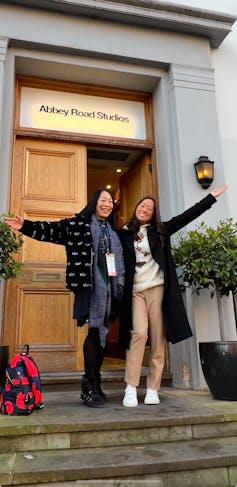
Artium
Using the orchestra to tell stories is an established practice in contemporary film music, and in an earlier tradition of 19th-century programme music. The idea of using orchestral music to narrate global, environmental stories is, however, relatively new — an early example being Michael Abel’s Global Warming (1990), which juxtaposes musical idioms from across the world.
More recent orchestral works in this area, by contrast, tend to avoid “symphonising” the climate crisis – melding together musical differences into optimistic stories about “humanity” overcoming Earth – by sounding out specific ecologies under threat.
In Lim Cosmic Rhapsody, music and story are tightly woven, as in film music. But without the visual dimension, the story is hard to follow. I have reconstructed the following from the album pre-recorded by the record label Decca and released to coincide with the premiere.
The story of the concert follows a purple alpaca named Lavvy, brought back to life by a 3D printer, who guides a delegation from Earth to her homeland on a far-off planet, known as Purple Cave. A Song of a Lost Tribe pays tribute to the indigene-alpaca and her kind. Composed by Indian songwriter Joi Barua and orchestrated by Manu, it sets a melody in the shakuhachi, a Japanese bamboo flute (here expertly played by Andrew Findon), against slow-burn motor rhythms and faux-ethnic chanting.
We arrive at the Purple Cave. A martial beat recalls Darth Vader but soon dissolves into an uplifting riff, as Lavvy the resurrected alpaca prepares for her immortalisation. At the work’s peak, she obligingly blows herself up, becoming Star Among the Cosmic Clouds (a twinkling piano Alberti bass paints the scene) and releasing life-saving purple dust to rescue the Earthlings.
The work was conceived by Singaporean composer and surgeon Susan Lim in the early days of lockdown from the ski slopes of Courchevel, France. In this moment of global crisis, she found hope in SpaceX’s Crew Dragon flight, that delivered Nasa astronauts to the International Space Station in May 2020.
Lim prepared for the event by releasing a carefully timed animated tweet that caught the attention of SpaceX’s owner Elon Musk. He replied with a quote from Queen’s Bohemian Rhapsody: “Open your eyes, look up to the skies.”
From this digital acorn, the Alan trilogy, of which Lim Cosmic Rhapsody is the second instalment, was born and continues to grow. A third part, Lim Symphony of the Oceans, is on the way.
Creativity and privilege
The series’ large creative team includes distinguished artists but is clearly led by Lim and other medics who have “never created art before” (according to the album’s liner notes). This speaks to the money and the power behind the project, together with the ego and eccentricity of its creative director.
Beyond this work’s neocolonial fantasy of an exploding alpaca, it also speaks to the privilege of those who can afford to indulge in implausibly optimistic stories of technocratic overcoming. I was reminded of Indian writer Amitav Ghosh’s argument for the need for new ways to narrate the climate crisis as an urgent problem of human understanding. The combination of music and story on offer here was a serious misstep in this regard.
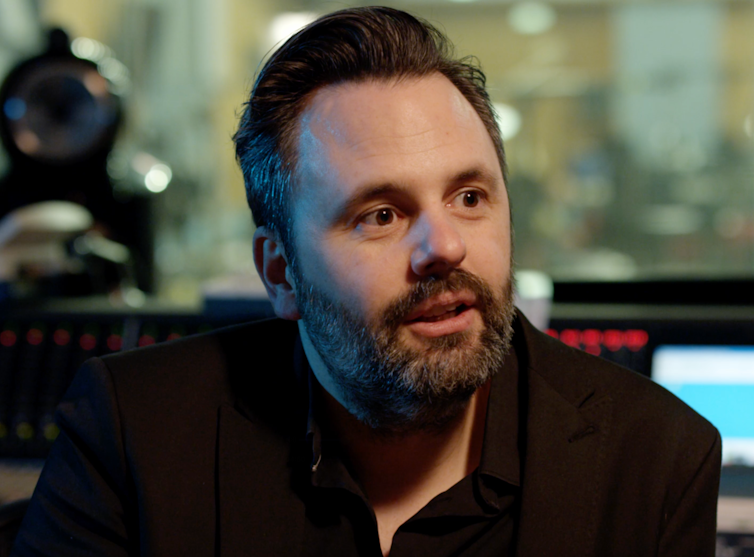
Artium
It was a relief to step back a hundred years in music history and listen with fresh ears, in the second half of the concert, to Gustav Holst’s orchestral take on the galaxy, produced during another time of global crisis, the first world war, albeit on more slender means. Holst’s astrology-inspired suite felt imaginative, fresh and crisp in the Royal Philharmonic Orchestra’s thoroughly committed performance.
As I transitioned from the cosmic clouds and back into the city fumes, ecological questions hung in the air. But not the questions the creators of Lim Cosmic Rhapsody might have hoped (how to save humanity? will science save the day? where to start space mining?) but rather that of the music’s own ecological footprint.
Conspicuous in this last respect was the mindless printing of hundreds of 33rpm records of the work, given away as party favours during a champagne reception before the concert and during the interval. How many times will these records, pressed from fresh plastics derived from oil, be played? Given the large stack left on the table at the end of the evening, I suspect some may never be played even once.
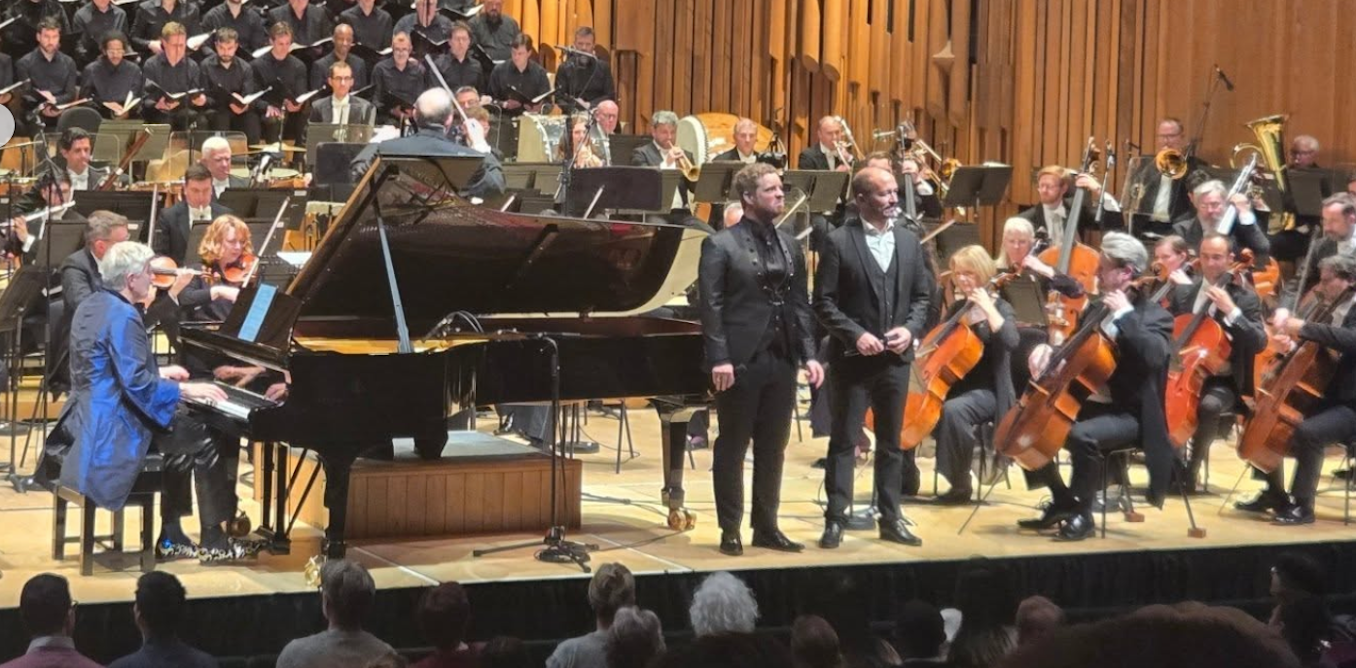
The post “this orchestral journey to outer space aims to deliver hope amid global crisis – but falls short” by Gavin Williams, Lecturer in Music, King’s College London was published on 05/13/2025 by theconversation.com




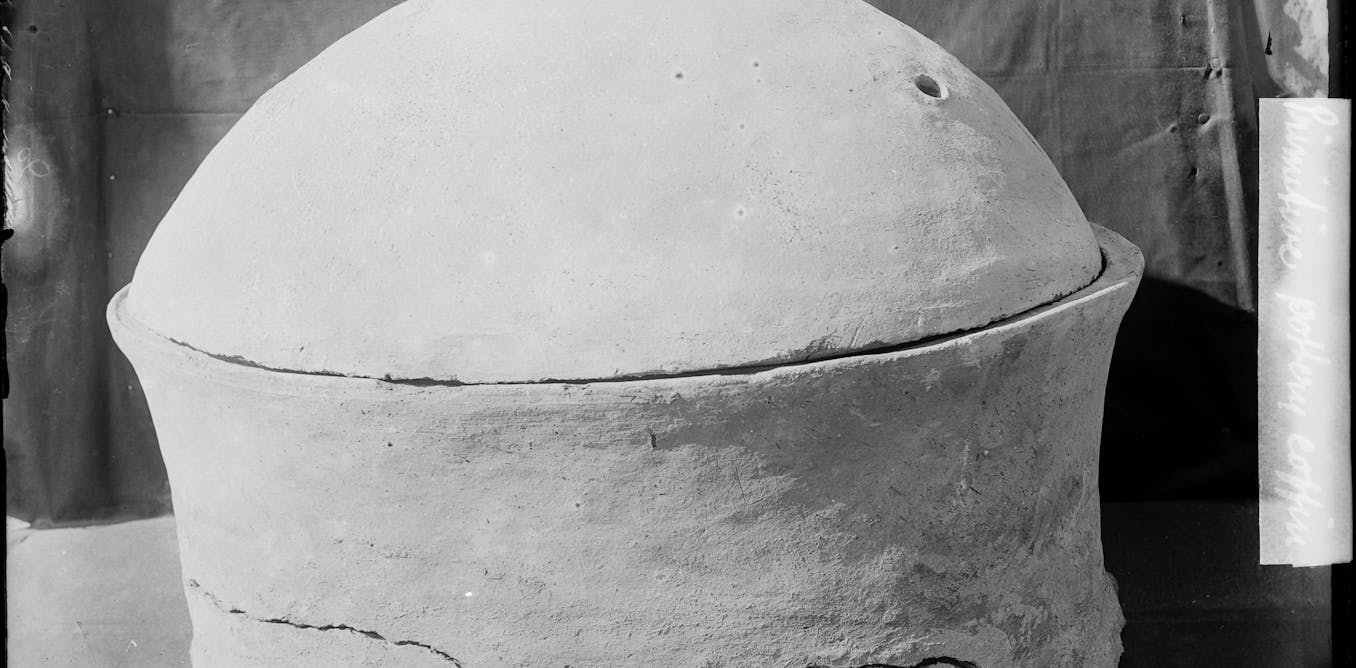






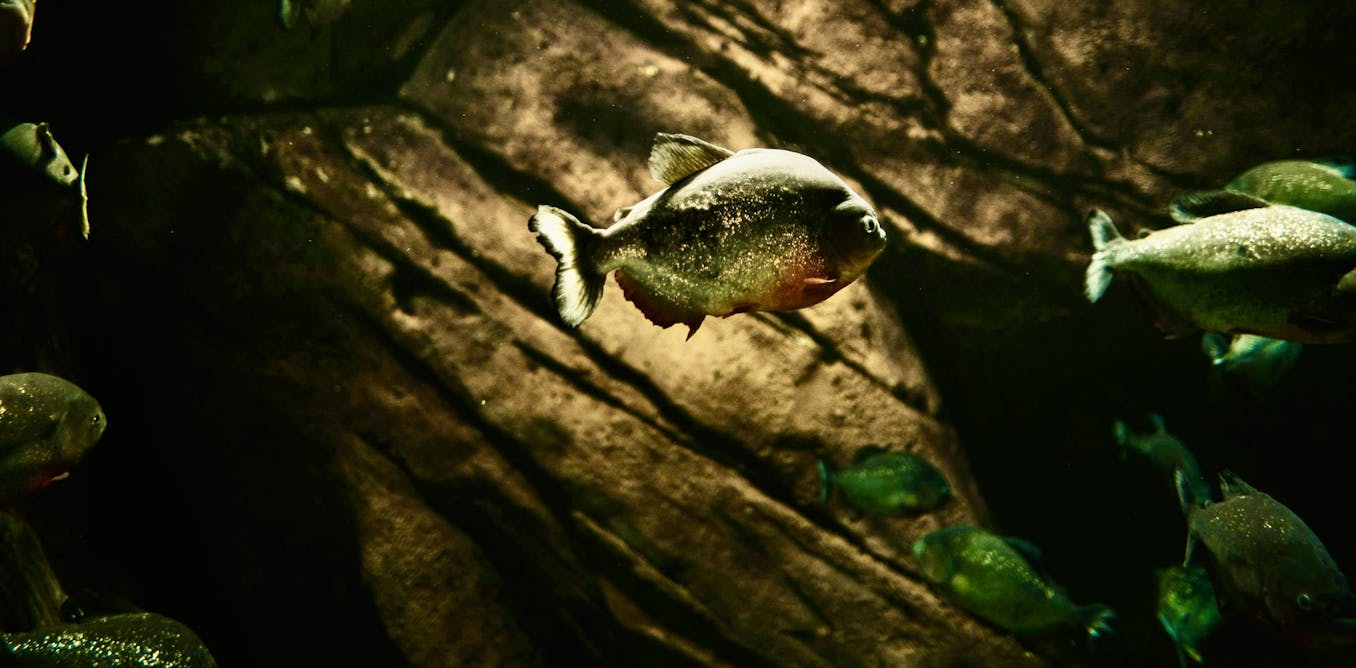


























Leave a Reply